How many habitable planets are in our galaxy?
Kepler took a look at 150,000 stars, searching for habitable worlds. Based on what it found, how many should be in our galaxy?
“I’m sure the universe is full of intelligent life. It’s just been too intelligent to come here.” –Arthur C. Clarke
As the Kepler spacecraft comes to the end of its useful, planet-finding life, it’s time to take a look back at what it found, what it was capable of finding, and what that means for what’s out there.
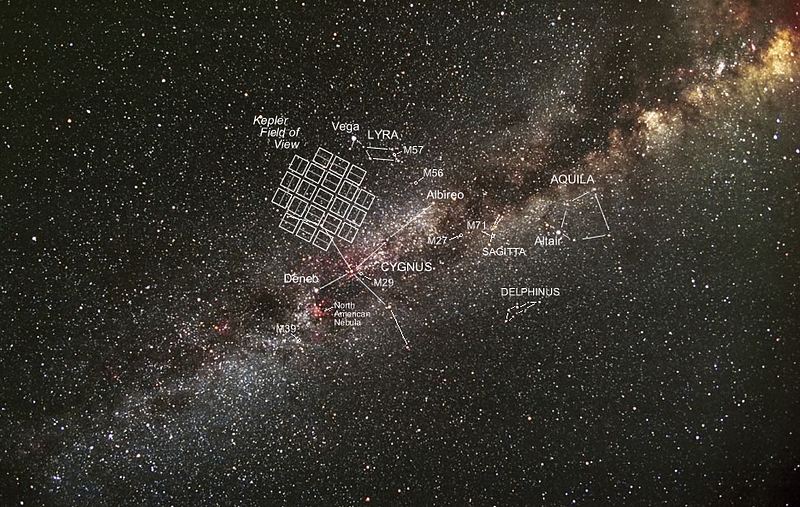
Kepler pointed itself at a field-of-view that contains one of the nearest arms in our spiral galaxy to us: a dense region of stars in space. Even though its only capable of measuring stars out to a few thousand light years over a relatively narrow region of sky, it was pointed at roughly 150,000 stars.
What it measured was the total amount of light coming from each individual one, so it could measure variability, oscillations, flare-ups, and other stellar phenomena. But what it was really looking for was a very particular dimming and then re-brightening of the star.
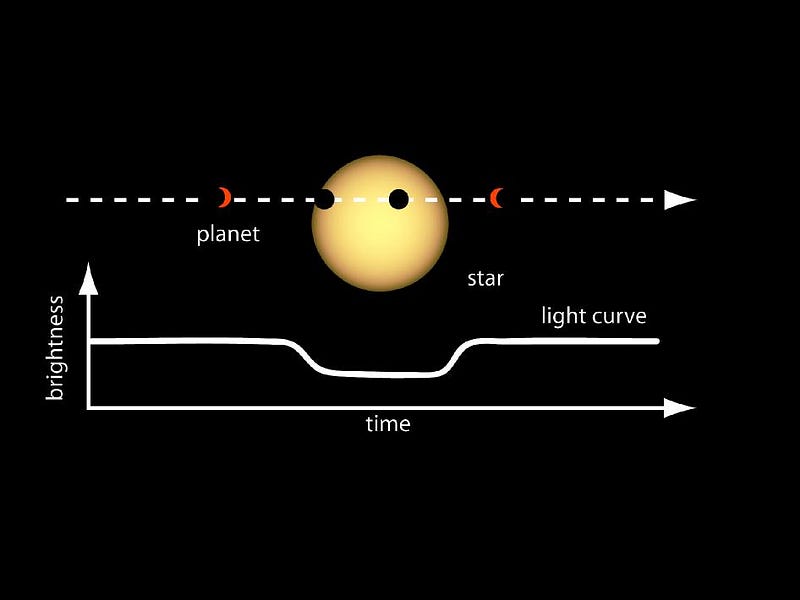
The reason it was searching for this particular signal is that this is what we’d see if, lined up along our line-of-sight, there were a planet transiting in front of that star. Stars radiate energy at a specific temperature, spread out over the entire disc as seen from Earth. But if there’s a planet in that star’s solar system that takes it across the face of that star from our perspective, that will appear to us as a gradual, slight dimming of the star, the star remaining at that lowered brightness for only a few hours, followed by a re-brightening to the original luminosity.
One event isn’t enough, since we need to make sure this isn’t just a “rogue” event of some interstellar object passing between it and ourselves. We need to observe multiple transits of the same object, to make sure we’ve got a planet, or an orbiting body that’s causing the signal.
For every star that comes up with a signal like that, we get a planetary candidate from Kepler.
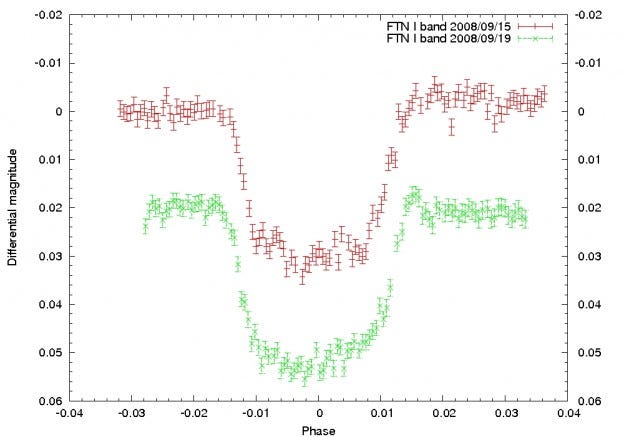
Not all of these candidates will turn out to be planets! Some of the larger ones will actually turn out to be small, dim stars; a few of the innermost, fastest-orbiting ones will actually turn out to be huge sunspots, and a few others (preferentially the smallest ones) may simply be random fluctuations within the data.
We try and be very careful with announcing whether something is a confirmed planet as opposed to a planetary candidate, and require a follow-up confirmation via a different telescope and a different technique other than the transit method, like stellar wobble or direct imaging.
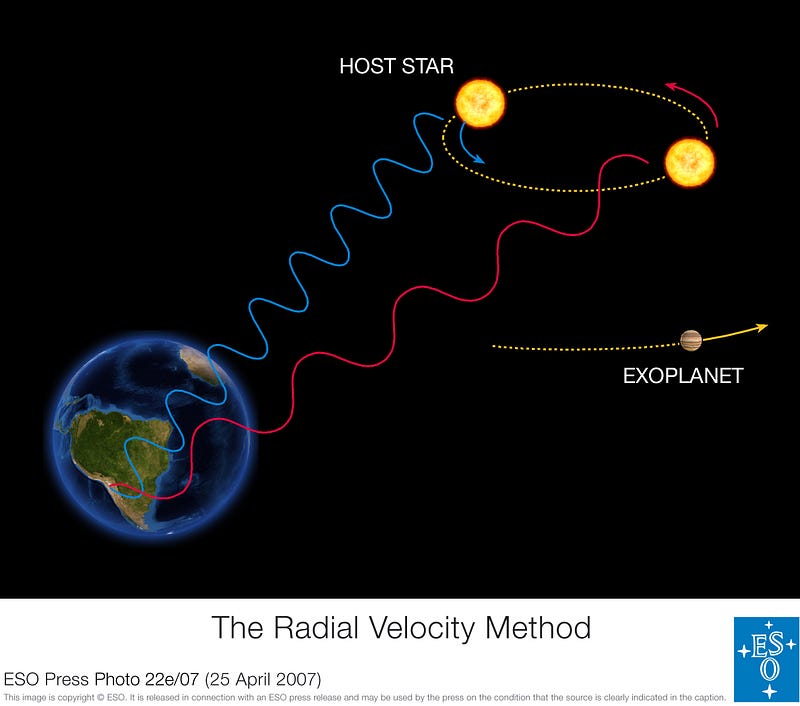
This part is hard! As of January 1st, there were a total of 7348 total planetary candidates in that field, but only 979 confirmed planets.
Does that mean we’re seeing mostly false positives? No! We are seeing a large number of false positives: 3170, to be precise, but it simply turns out that confirming these planets takes a lot of telescope time, and is a difficult task for the telescopes we presently have available. (This also means that Kepler has discovered over 2,000 eclipsing binary stars!) We fully expect that of the 4178 that weren’t rejected, more than 90% of them will turn out to be planets.
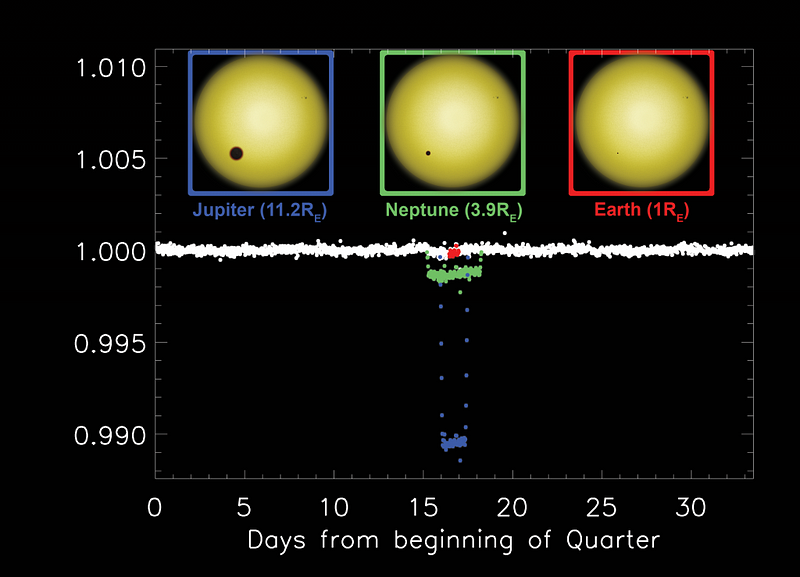
Of these planets that have been confirmed, five of them are particularly interesting. Why? Because they’re small, Earth-sized planets (no more than twice the radius of Earth), that are in the habitable zones of their stars. We can tell this just from the transit magnitude and time, as long as we confirm it with another method.
At this week’s American Astronomical Society meeting, some new numbers were released from the Kepler data: we’ve finally reached 1,000 confirmed planets (actually, 1004), have uncovered 554 new planetary candidates (bringing the total back up to 4,732), and three more confirmed planets that are both less than twice Earth’s size and in their star’s habitable zones!
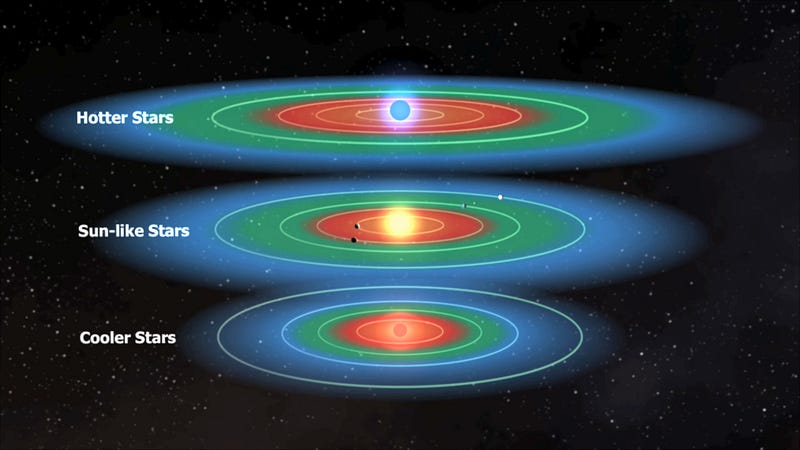
This means there are a total of eight potentially Earth-like planets that orbit their stars at the right distance for liquid water on their surface, and potentially life. One of the new ones — Kepler-438b — is just 12% larger than Earth, orbits its (much cooler than the Sun) star every 35.2 days, and might turn out to be the best potential candidate for Earth-like conditions of all!
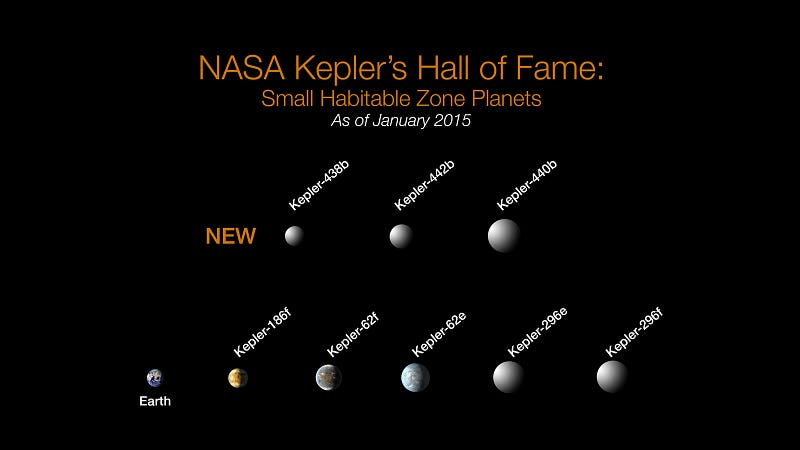
So with everything that it’s done — the mission timeline, what it’s accomplished to date, and what we know about solar systems in general — what can we conclude from all of this? What can we say about the total number of potentially habitable planets — Earth-sized worlds in the habitable zones of their stars — in our galaxy?
There are two things we need to consider before we simply take what we’ve found in the sample we’ve looked at, and extrapolate to the total number of stars in our galaxy. Those two things are:
1.) What else could Kepler find if it had an infinite amount of time and precision, and
2.) What do we expect to be out there that we know Kepler would never see?
The first question has a lot of uncertainties inherent to it.
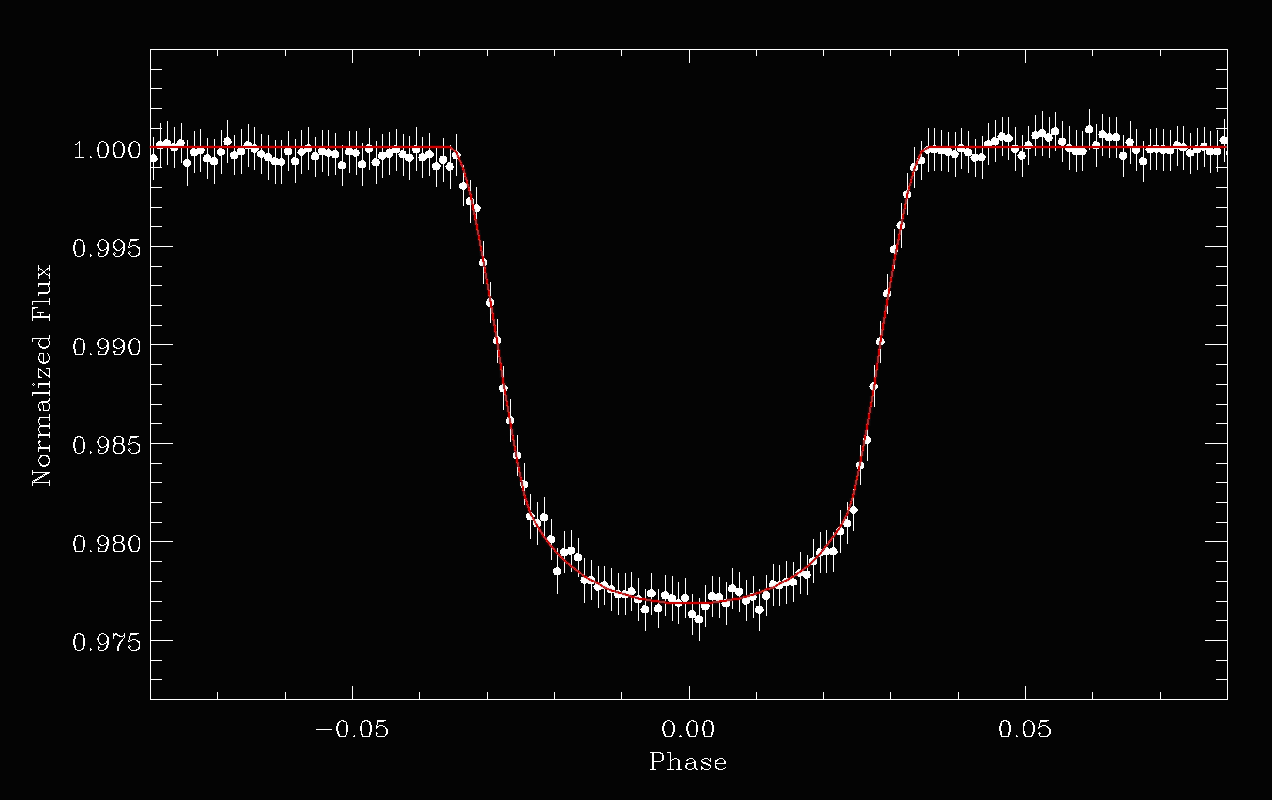
When we take a look at what Kepler can actually see, you’ve got to remember that it’s inherently biased towards the following types of planets:
- Big planets, because they block more of their parent star’s light,
- around small stars, because they block a higher percentage of their parent star’s light,
- that orbit very close to the star itself, because you’ll see transits far more frequently.
When we model how Solar Systems form, we fully expect that there will be larger and larger numbers of planets the smaller they get, and yet when we look at the Kepler data, we find that’s true only down to a certain point; once we get down to planets that are maybe twice the Earth’s size, we start to see fewer and fewer of them the smaller they get.
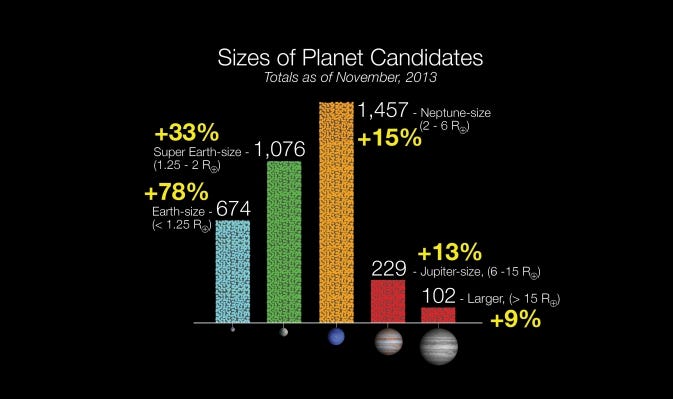
That’s because this is at the limit of what Kepler can see! Remember that Kepler — like any instrument — has a limit to how sensitive a change it can see. If you have a star whose brightness dims by 1% when a planet transits in front of it, that’s an easy change to detect. But if that change is 0.1%? 0.01%? 0.001%?
The smaller the change, the more difficult a detection becomes. In the case of a planet like Mercury, even though it’s incredibly close to its parent star, the change is just too small for Kepler to pick up.
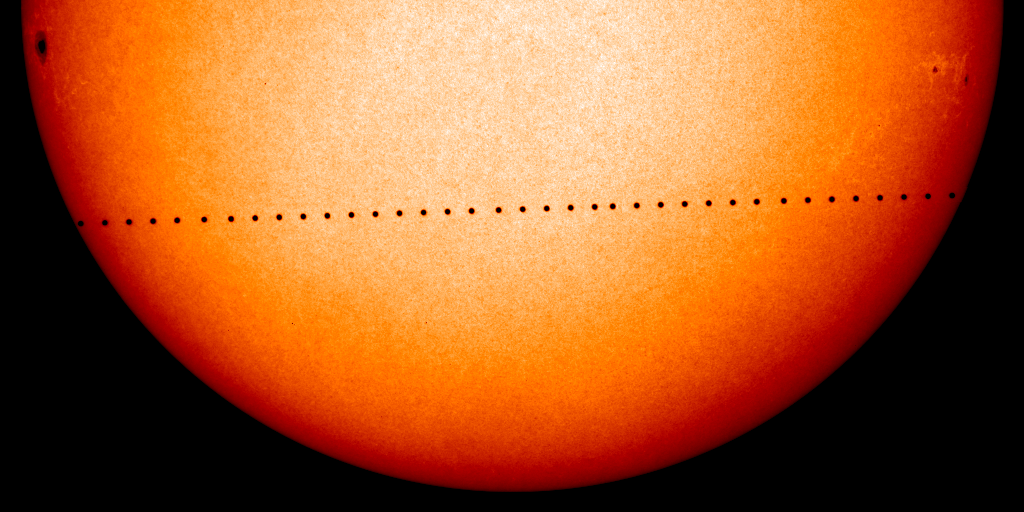
This is also true for most Earth-like planets. We tend to only be able to find small, conceivably rocky worlds that are close enough in to orbit their star multiple times. Since Kepler “only” wound up taking about three years’ worth of data, that very likely means there are many planets in the habitable zones around Sun-like stars that have only crossed their star once or twice in the time we’ve been observing it. After all, that’s all we would’ve gotten for a planet anywhere between Earth’s and Mars’ orbit around a star like our own, and that’s where we think the habitable zone lies!
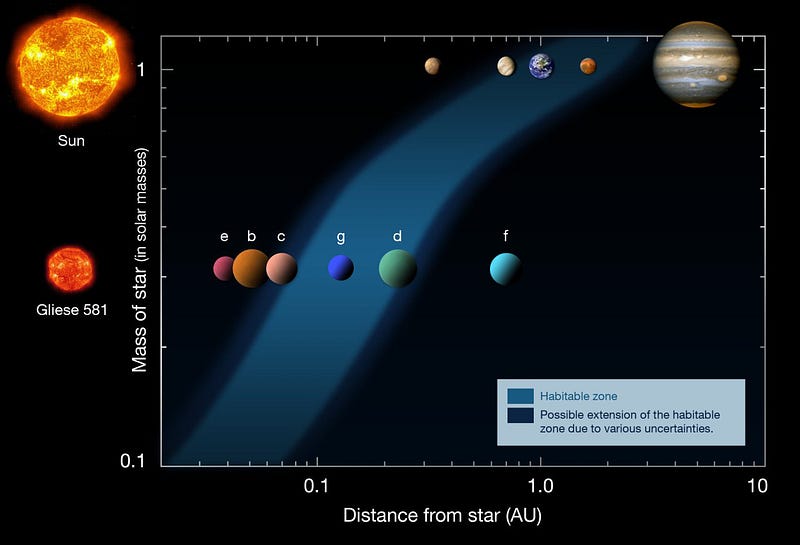
So we’ve got a few, we’ve found some of them, but Kepler isn’t exhaustive of the rocky planets in the habitable zones around their parent stars. We’ve also determined — from the ones we’ve got mass/radius measurements for — that somewhere between about 1.5 to 2.0 times the mass of Earth, we start getting into a “mini-Neptune” type of planet, one that has a large hydrogen/helium envelope around it, rather than a “super-Earth” type planet, meaning that you can realistically only be up to about 30% larger in radius than Earth and still hope to be rocky; most of what we’ve been calling super-Earths for a long time are probably more Neptune-like than Earth-like.
So all in all, we’ve really only scratched the surface of rocky planets in the habitable zones around stars, and Kepler isn’t going to show us most of them. Does that mean it shows us 10% of them? Or does that mean it shows us 0.1% of them? We don’t know, although the most reasonable estimates probably place that figure between those two figures. (Yes, I’m aware that’s a big range!) But consider that of the 4,000+ planetary candidates Kepler has discovered, more than 800 of them are 1.25 times the size of Earth or smaller! It’s just that, due to the way we’re good at finding planets, almost all of them are too close to their star, and hence too hot. The fact that we’ve got eight confirmed less-than-two-Earth-radius planets in the habitable zone around their star is just the beginning.
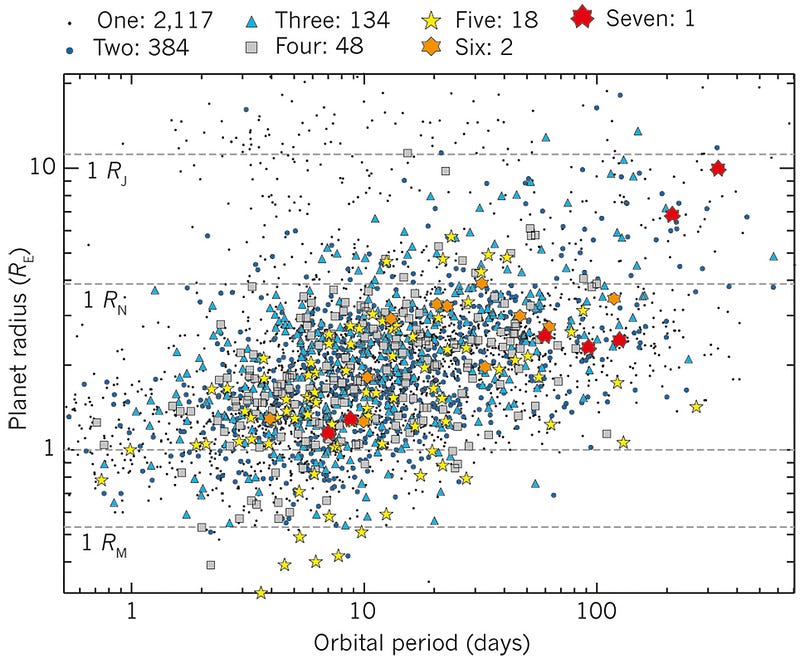
But the most important thing to take away is not that we can take the number of candidate planets for rocky worlds in the habitable zones, say “this is out of 150,000 stars,” and scale that to the ~400 billion stars in our galaxy.
Sure, we’d get a number like that, but that number is too low for two reasons. Not only do we need to multiply that by some large number to account for the ones Kepler didn’t find, but we need to account for the ones that Kepler could never find!
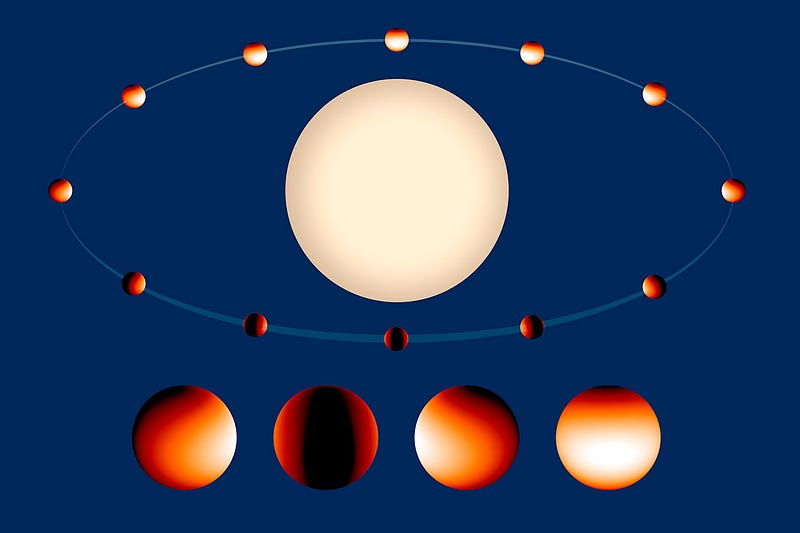
You see, most star systems aren’t oriented so that Kepler could ever see a planet transiting around it; most star system have an orbital plane that’s inclined to our line-of-sight by more than a fraction of a degree.
To get an estimate of what’s actually in our galaxy, we have to look beyond that, to what fraction of star systems we expect to ever display a transit! It turns out, if you’re looking at our Solar System as an example, the alignment would have to be extraordinary to have a shot at detecting anything at all.
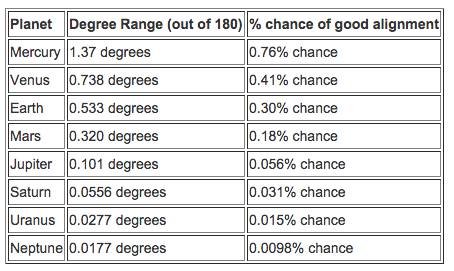
So if you’re interested in detecting something in the habitable zone around our Sun, you’ve got somewhere between a 1-in-300 and a 1-in-500 chance of having a good enough alignment.
In other words, if we want to use Kepler as a proxy for what we expect in the Universe, take what it finds and immediately multiply it by 300-to-500, because most of the star systems out there won’t be lined up correctly to ever transit their star!

Taking all of that — assuming Kepler’s found 8 good candidates (out of ~1,000 confirmed planets) — that there are around 800 candidate rocky planets that Kepler’s found around stars, that we expect more rocky worlds than gaseous worlds, that those planets in the habitable zones are ones we mostly miss because Kepler is barely sensitive to them, and that only one in a few hundred systems is even detectable by any transit method at all, what do we get?
Let’s run through the math very quickly, optimistically and pessimistically.
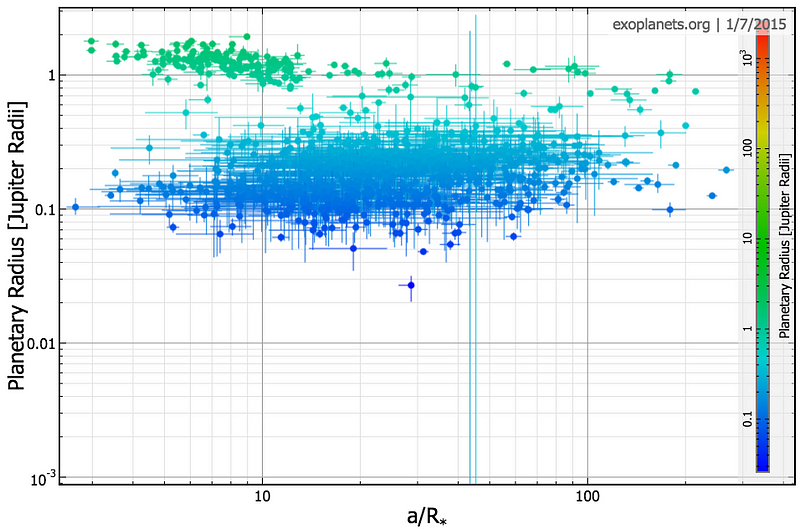
Maybe rocky worlds of the right size are only the same abundance as say, mini-Neptunes, pessimistically, or maybe they’re about five times as abundant, optimistically. Maybe there are only represented by what we’ve found in the habitable zone (pessimistic), or maybe there are as many as 100 times as many (optimistic). Maybe planets with up to 2 Earth radii are rocky (doubtful, but the most optimistic), or maybe Earth is pretty much the largest you can get and still be rocky (pessimistic). And maybe there are 300 times as many due to alignment (pessimistic), or maybe 500 times as many (optimistic).
Scaling this to our “8 potentially habitable worlds” out of 150,000 stars, what do we get for the galaxy?
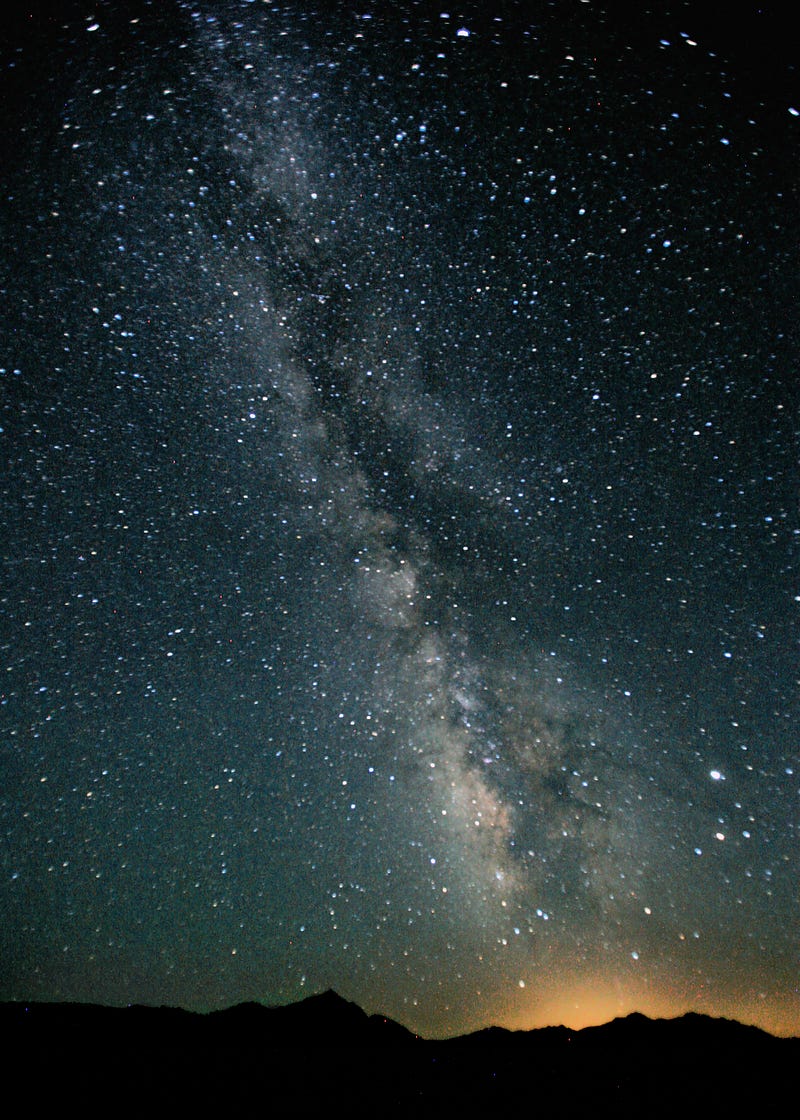
For the pessimistic estimate, we have 6.4 billion potentially habitable worlds, and for the optimistic estimate, we have 5 trillion potentially habitable worlds, in our galaxy alone! Yes, that latter estimate is probably way too optimistic, but remember, in our Solar System, we have two — potentially three (if you include Venus) — potentially habitable worlds. Picking a middle-of-the-road number leads us to a more reasonable, realistic estimate of around 40-to-80 billion potentially habitable worlds in the galaxy, alone.
That’s not bad, but as you can see, we’ve got a lot of science left to do before we know for sure. Still, at the start of 2015, that’s some amazing progress as far as learning what’s out there!
Leave your comments at the Starts With A Bang forum on Scienceblogs!





